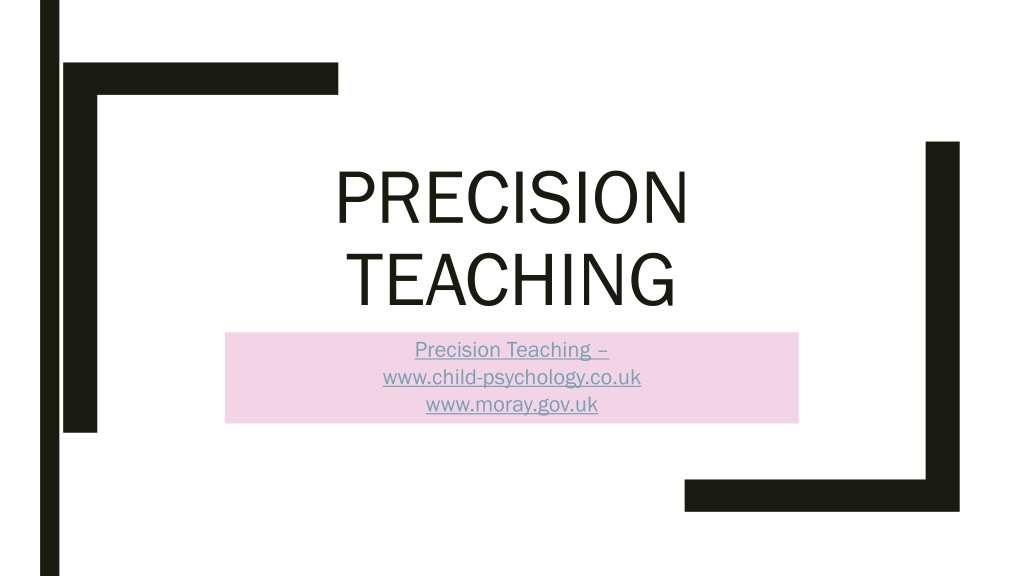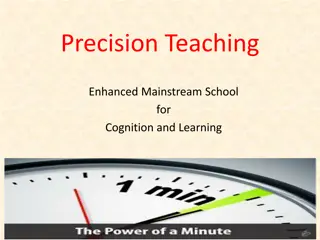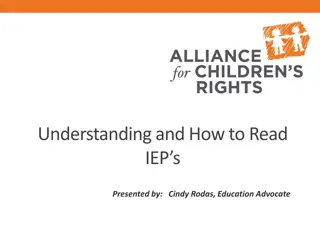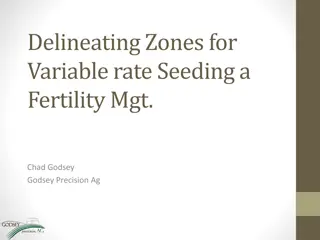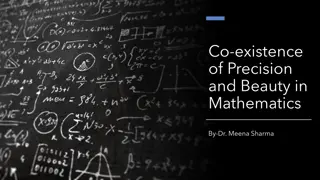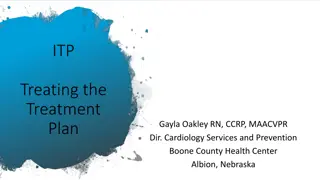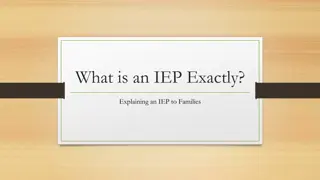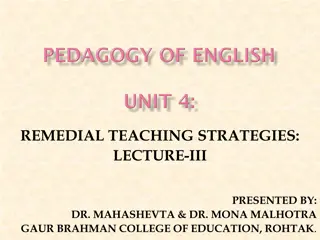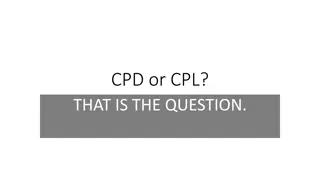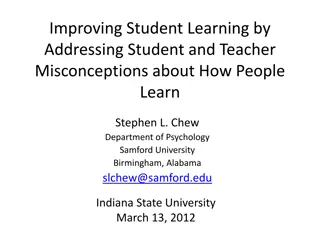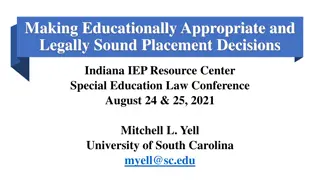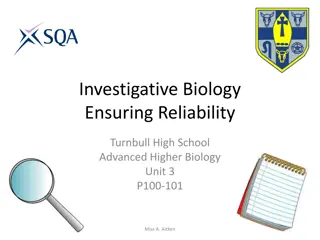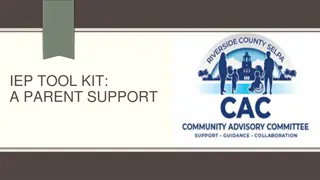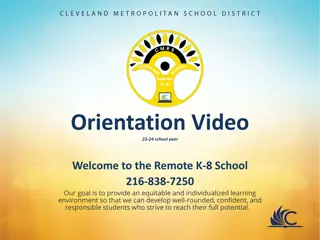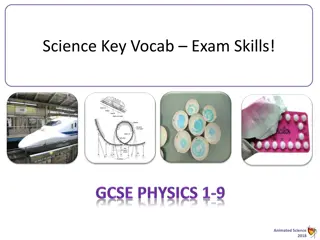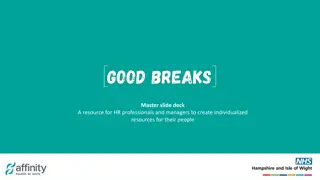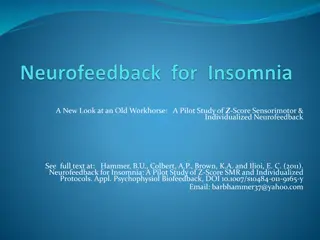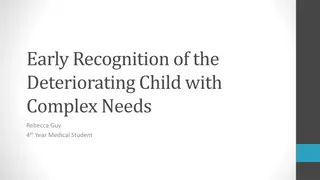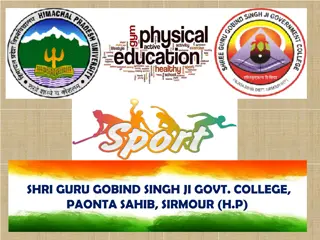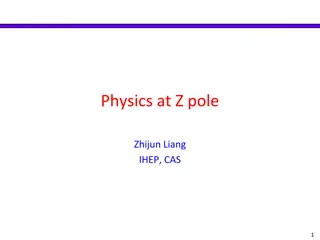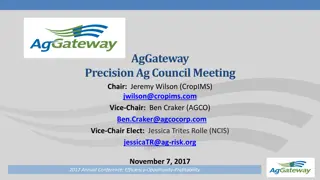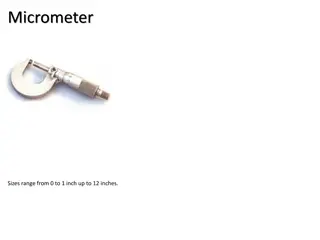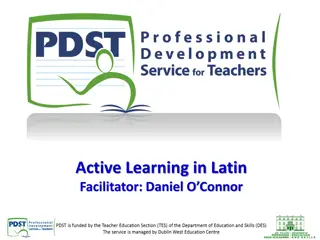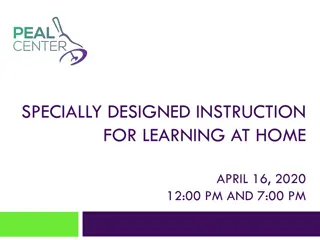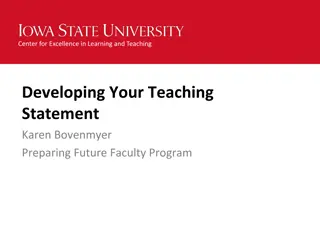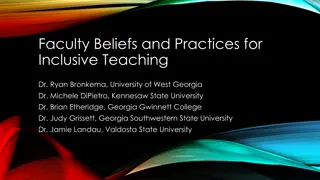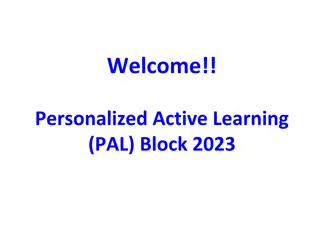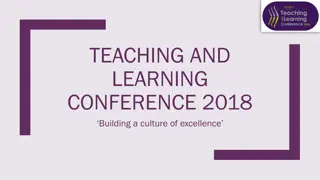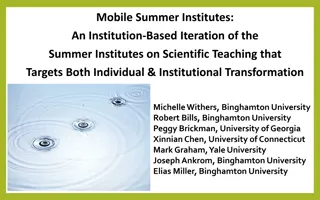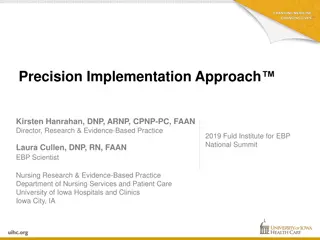Understanding Precision Teaching: A Tailored Approach to Individualized Learning
Precision Teaching is a method that tailors teaching to individual children's needs, focusing on specific skills and providing immediate feedback for effective learning. It is based on Vygotsky's Zone of Proximal Development and Haring and Eaton's Learning Hierarchy, emphasizing fluent skill acquisition and application in various contexts.
Download Presentation

Please find below an Image/Link to download the presentation.
The content on the website is provided AS IS for your information and personal use only. It may not be sold, licensed, or shared on other websites without obtaining consent from the author. Download presentation by click this link. If you encounter any issues during the download, it is possible that the publisher has removed the file from their server.
E N D
Presentation Transcript
PRECISION TEACHING Precision Teaching www.child-psychology.co.uk www.moray.gov.uk
Precision Teaching - what is it? Precision Teaching is a method of planning a teaching programme to meet the needs of an individual child or young person who is experiencing difficulty with acquiring or maintaining some skills. It has an inbuilt monitoring function and is basically a means of evaluating the effectiveness of what is being taught. It can be used in early years, primary and secondary settings and can be applied to areas of the curriculum that can be broken down into clear objectives, eg: numeracy and literacy skills.
Whats the theory behind Precision Teaching? Vygotsky suggested that effective teaching should be geared towards a learner s zone of proximal development (ZPD). Precision teaching encourages us to be very specific about the material used with the child, ensuring that it is within the ZPD. Precision teaching also draws on Haring and Easton s learning hierarchy which shows us how new learning needs to be fluent before it can be maintained effectively Zone of proximal development Skills too difficult for a child to master on his own, but with guidance and encouragement, it can be done. What is known What is not know
Why use Precision Teaching? Children and young people vary in their rate of learning, how much they remember over time and in their ability to use these skills in new situations. Although some children pick up new skills almost incidentally , others need intensive adult support. Successful learning requires skills to become automatically retrievable and to be able to be applied to new situations.
The Learning Hierarchy (Haring and Eaton 1978) Stage Emphasis Teaching Strategies Modelling, Cueing Visual prompts, drills The skill is learnt to accuracy Acquisition Drills, Repetition Timed tasks The skill is performed accurately and fluently Fluency The skill is retained and retrievable Provide opportunity to use skill Maintenance Discrimination training and differentiation training Skill can be applied to different situations Generalisation The skill can be adapted to suit new situations or conditions Problem solving and simulation exercises Adaption
Why is precision teaching useful? Monitoring learning closely gives immediate feedback about teaching. It means we focus very closely on exactly which material a child is struggling with and which methods are proving fruitful. Studies have shown (eg Hattie, 2009) that feedback about teaching makes the single biggest improvement to learning outcomes. The number of correct responses show us when a child has achieved fluency with their new learning so reduces the likelihood of learning be lost again
How do we use Precision Teaching? Through screening or classroom observation decide on what you want your pupil to be able to do. (NOT what you want to teach) The essential element is to break down each task into small steps in sequence. Firstly you should write a Learning Objective Learning Objective and then do a Task Analysis Task Analysis. Spend 5 to 10 minutes teaching the child/young person the new items using whichever teaching method you think is best. Using the probe minute or time to see how long it takes to complete the probe. This should be a fun activity. probe, ask the child/young person to see how many they can get right in 1 Probes should contain around five words, letters, colours, facts etc and repeated at random at least four times.
How do we use Precision Teaching (cont) Make note of the number of correct items and number of errors A note of the errors is made so you can target these for your next round of teaching keeping the teaching precise Record the correct responses and errors on the PRECISION TEACHING CHART PRECISION TEACHING CHART This will help you work out what teaching methods are best for teaching this particular skill to this particular pupil.
Writing Learning Objectives Start with a clear Learning Objective which describes what the pupil will be able to do and NOT what you are going to teach. Name: Owetu nGhada The child will be able to decode words with igh phonic pattern. Learning Objective 1. Teach what sound igh makes in words 2. Look at words with the igh pattern, and circle the igh . 3. Decode new words containing igh correctly. 4. Copy words with the igh pattern 5. Write words from memory with the igh pattern 6. Write new or nonsense words which contain the igh pattern Task Analysis Reading 5 words 4 of which have the igh pattern Probe 1 See - say Probe 2 Hear write Write 5 words without copying which contain the igh pattern.
Task Analysis Set out a sequence of steps that leads to this target. Owetu nGhada Learning Objective The child will be able to decode words with igh phonic pattern. 1. Teach what sound igh makes in words 2. Look at words with the igh pattern, and circle the igh . 3. Decode new words containing igh correctly. 4. Copy words with the igh pattern 5. Write words from memory with the igh pattern 6. Write new or nonsense words which contain the igh pattern Task Analysis Reading 5 words 4 of which have the igh pattern Probe 1 See - say Probe 2 Hear write Write 5 words without copying which contain the igh pattern.
Probes There are three main types of probes: See say Hear write See write It is good to make two of each probe: one for the pupil to us and one for you to use for recording.
Creating a probe 1 Decide what you are assessing and monitoring. See say Reading Hear write Spelling or writing See write Copying or answering written question Choose the number of facts/items to be learnt and how many revisions 3 items to be repeated 3,4,5 times 4 items to be repeated 3,4,5 times 5 items to be repeated 3,4,5 times 6 items to be repeated 3,4,5 times
Creating a probe 2 Conduct initial teaching then use probe to monitor learning Either: see how many the child can read/write correctly in 1 minute OR: time the child. Record results in the running chart below. Revise teaching daily. (this could be part of a class lesson with the probe as part of the reinforcement and monitoring process. After three days if there is no progress reduce amount of items on the probe.
Creating a probe 3 Create two copies of each probe: one for the pupil to use and one for the teacher to use for recording mistakes and correct items. If using a hear to write, have a blank one for the child to use and a filled in one for the teacher to read off. Keep used probes in a record file as evidence of progress (no matter how small) If appropriate send home each week for parents to also see the progress. Probes could also be sent home with pupils to practice at home. (1 minute homework!)
Checking Progress If the child is not showing signs of progress after three days, either reduce the number of items to be learnt or change the teaching method. Remember to praise small steps of achievement Make sure that the place of work is suitable with minimum distractions Make sure that the time of day is suitable, when the child is not tired etc
Resources and examples http://www.moray.gov.uk/downloads/file88660.pdf Precision teaching handbook http://worksheetgenius.com/design.php?worksheet=precision Do_Something_Useful_!.pdf
Templates Highland Literacy Precision Teaching Templates Highland Literacy Precision Teaching Templates
